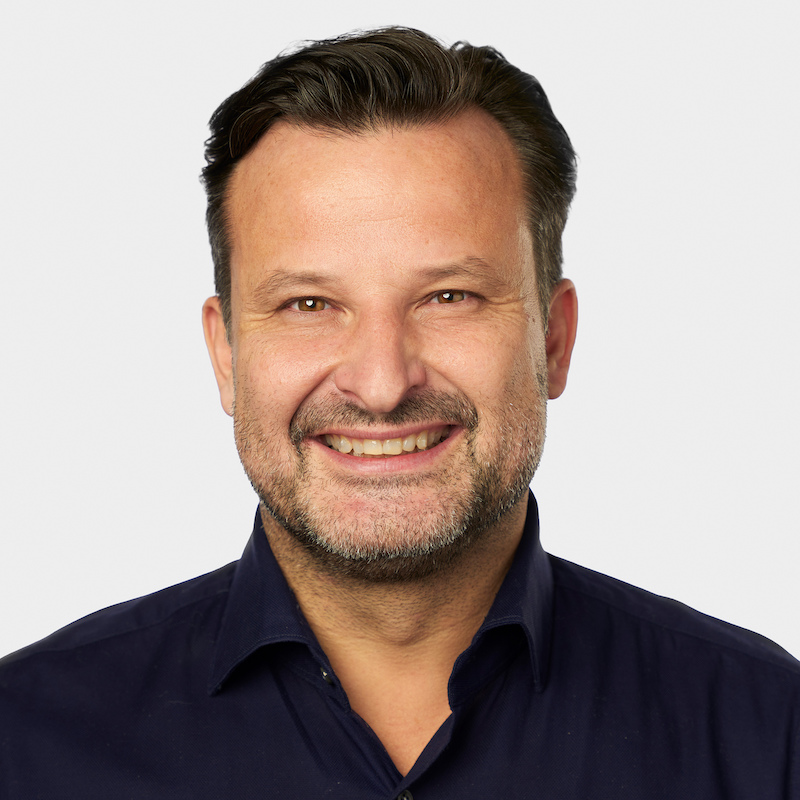
September 29 is the U.N.’s International Day of Awareness of Food Loss & Waste. It’s an important day of visibility for an issue at the heart of the climate crisis: food waste is responsible for 8 percent of all greenhouse gas emissions, and as a country would be the third largest emitter behind the U.S. and China. It’s a day of hope: this year has seen a boom of food tech investment, along with noble waste reduction commitments from a host of government organizations, retailers, and food producers.
There are multiple angles from which to attack the food waste problem, with the most attention going to reuse and rescue (diverting or upcycling food that is about to go to waste). The most important focus area for food waste, according to the EPA, is prevention – and in that department, industry has its work cut out.
Want to prevent food waste? Start with better data.
Preventing food waste might sound like a no-brainer. Not only does it meet sustainability goals, but it also helps the bottom line: a study found that for every dollar retailers invested in food waste reduction, they received a 5-fold return. Both retailers and brands can prevent waste with better forecasting, streamlined operations, and increased sell-through of food products. But these initiatives require new ways of doing business: namely, transparency and collaboration among retailers, suppliers, and partners. And, that means solving the data problem.
Actionable data is required to figure out new tactics at all levels of the food waste challenge, including establishing baselines for improvement, identifying hotspots that need action, monitoring progress, and sharing success stories. Using data, retailers can explore shrink by department and stores – finding, for instance, that waste is particularly prevalent in low sales volume departments like prepared foods and bakery. Solutions might include improved ordering, store layouts that increase product turnover, or discounts on food that is close to its expiration date. But most companies in food retail don’t yet have easy access to this information.
"The biggest obstacle we've seen to system wide collaboration to reduce food waste is the lack of a structured, formalized process for data reporting and sharing, one that is simple and scalable for food businesses. But now voluntary agreements like the Pacific Coast Food Waste Commitment in the U.S. and other similar collaborations around the world – where data are shared in a transparent, pre-competitive format – are helping to overcome this, allowing businesses to work together to share best practices and insights that benefit their entire industry," - Jackie Suggitt, Director of Capital, Innovation & Engagement at ReFED.
Why food waste has a data problem
The reality is, being data-driven isn’t easy without the right tools in place. Data obstacles plaguing the retail industry include:
Implementation challenges: There is no easy way for retailers to implement waste reporting across all their stores, warehouses, and distribution centers. Data is spread out, there’s no clear playbook for collecting it, and reporting is onerous. These challenges are even harder on smaller retailers with fewer resources.
Organizational challenges: Most retail organizations lack clear ownership over food waste reporting. And even if information is collected, there’s no incentive to share it externally, with lingering skepticism that this might result in a negative public image or give away competitive secrets.
Standardization challenges: It may sound like a small detail, but standardization is arguably the biggest data challenge of all. Every retailer reports food waste with their own units (from dollars to pounds to cases) and at their own pace (often annually, which isn’t frequent enough). Thich makes aggregating data to serve the broader industry nearly impossible.
Tech companies and nonprofits can work together to close the data gap
Here’s the good news: new technologies and innovative solutions have arrived to solve the enormous problem of data capture, standardization, and sharing.
There must be public private partnership between retailers, nonprofits, and solutions providers to collaborate and share knowledge around reducing waste. Additional working groups can be formed to encourage pre-competitive data sharing amongst groups of retailers and CPGs, facilitating transparency and safely overcoming competitive concerns.
Finally, the industry must create international standards around food waste measurement and reporting. The Food Loss and Waste Protocol is a standard used to calculate waste that is gaining traction as a singular playbook across the industry. The Food Waste Policy Action Plan, a partnership between organizations like the NRDC, Harvard Food and Law Policy Clinic, WWF, and others, have advocated for international standards for date labeling, another thorny issue where inconsistencies can lead to wasted food.
The causes (and solutions) of food waste are not simple. Technology that enables greater visibility and transparency, aligned with programs to encourage collaboration industry-wide, can help solve one of the biggest unsolved threats to the climate today.
Interested in having your voice heard on 3p? Contact us at editorial@3BLMedia.com and pitch your idea for a guest article to us.
Image credit: ElasticComputeFarm via Pixabay

The founder and CEO of Crisp, Are Traasdahl, has more than 20 years of experience in mobile and digital technology. Prior to Crisp, Traasdahl was the Founder and CEO of Tapad, which was later acquired for $360,000, making it the fifth largest venture-backed M&A exit in New York at the time. Prior to Tapad, he founded Thumbplay, a mobile entertainment service that he grew to more than $100 million in revenue in less than three years. Thumbplay, later acquired by Clear Channel, is now called iHeartRadio.














